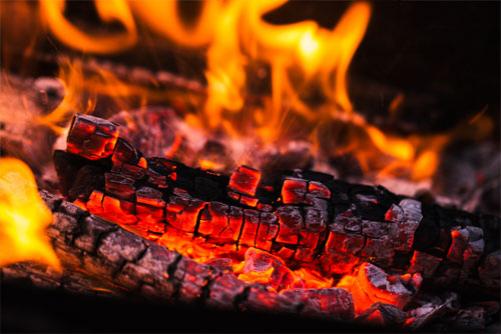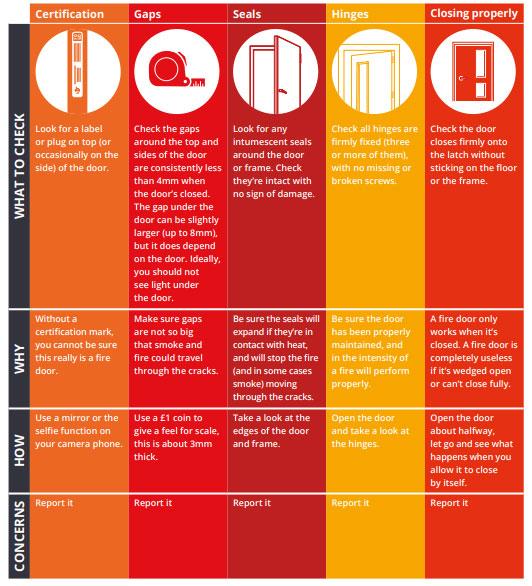
At Blueprint Joinery, we take internal fire doors and your safety very seriously. Use the information in this article to check the effectiveness of your fire doors. This advice is simplified and for general purposes only. If in doubt you should always refer to the documentation of the door, and if there's any concern we recommend that someone competent is engaged to inspect the fire door, such as a registered FDIS Inspector. Guidelines obtained from the British Woodworking Federation.
1 - Check the certification
Is there a label or plug on top (or occasionally on the side) of the door to show it is a certificated fire door? You can use the selfie function on your camera phone or a mirror to check. If there is, that’s good news, otherwise, report it to whoever is in charge of your building.
2 - Check the gaps
Check the gaps between the top and sides of the door are consistently less than 4mm when closed. You can use a £1 coin to give a feel for scale, this is about 3mm thick. The gap under the door can be slightly larger (up to 8mm is not uncommon), but it does depend on the door - as a rule of thumb, if you can see light under the door, the gap is likely to be too big. It’s good news if the door fits the frame and it’s not damaged. If not, report it. If the gaps are too big smoke and fire could travel through the cracks.
3 - Check the seals
Are there any intumescent seals around the door or frame, and are they intact with no sign of damage? These seals are usually vital to the fire door's performance, expanding if in contact with heat to ensure fire (and in some cases smoke) can’t move through the cracks. If not, report it - the door may not be properly maintained and in the intensity of a fire may not protect you long enough.
4 - Check the hinges
Are the hinges firmly fixed (three or more of them), with no missing or broken screws? If you see problems, report it - the door is obviously not properly maintained and in the intensity of a fire may not perform and hold back the fire for long enough.
5 - Check the door closes properly
Open the door about halfway, let go and allow it to close by itself. Does it close firmly onto the latch without sticking on the floor or the frame? If not, report it. A fire door only works when it’s closed. A fire door is completely useless if it’s wedged open or can’t close fully.
NB: This advice is simplified and for general purposes only. If in doubt you should always refer to the documentation of the door, and if there's any concern we recommend that someone competent is engaged to inspect the fire door, such as a registered FDIS Inspector. Guidelines obtained from the British Woodworking Federation.

